Asbestos Removal Contractors Tampa
Top Asbestos Testing in Tampa
Get multiple Asbestos Removal quotes for your project today! Compare profiles, reviews, accreditations, portfolio, etc... and choose the best service.
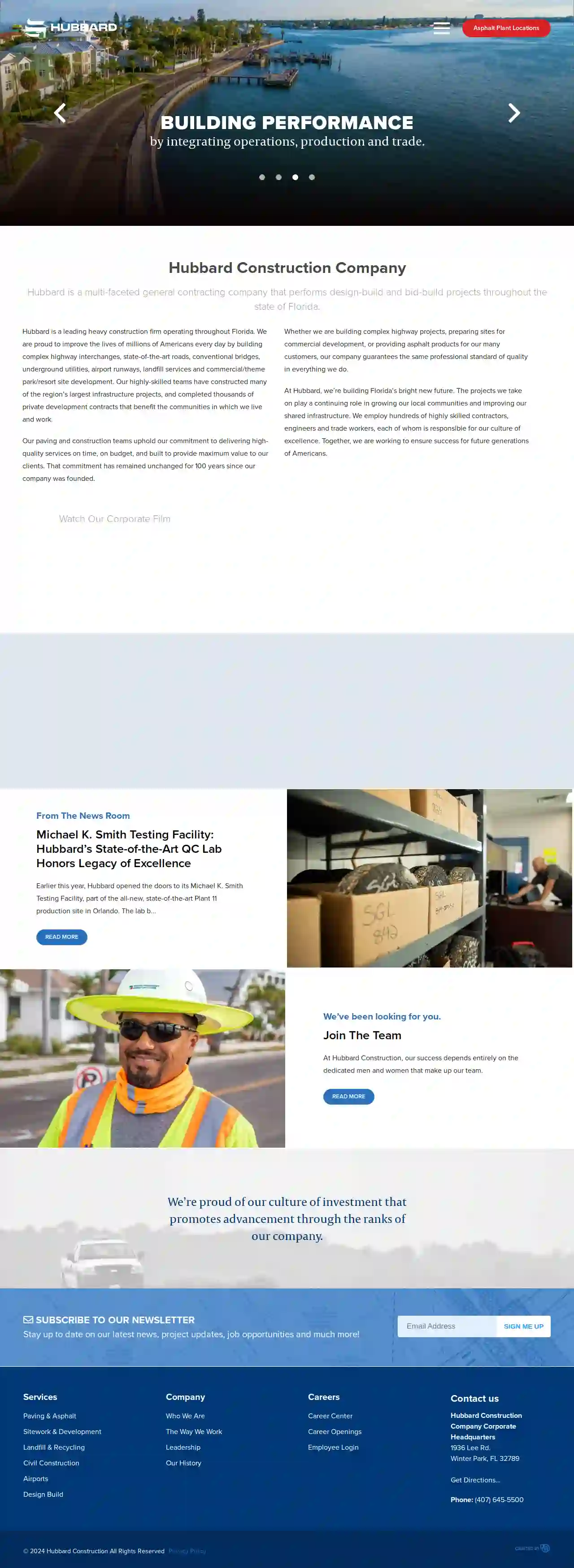
Hubbard Construction Co
4.543 reviews1936 Lee Rd., Winter Park, 32789, USBuilding Together with our clients, communities, and stakeholders. Building Leadership to take on tomorrow’s challenges. Building Performance by integrating operations, production and trade. Building Communities to thrive for generations to come. Hubbard is a multi-faceted general contracting company that performs design-build and bid-build projects throughout the state of Florida. Hubbard is a leading heavy construction firm operating throughout Florida. We are proud to improve the lives of millions of Americans every day by building complex highway interchanges, state-of-the-art roads, conventional bridges, underground utilities, airport runways, landfill services and commercial/theme park/resort site development. Our highly-skilled teams have constructed many of the region’s largest infrastructure projects, and completed thousands of private development contracts that benefit the communities in which we live and work. Our paving and construction teams uphold our commitment to delivering high-quality services on time, on budget, and built to provide maximum value to our clients. That commitment has remained unchanged for 100 years since our company was founded. Whether we are building complex highway projects, preparing sites for commercial development, or providing asphalt products for our many customers, our company guarantees the same professional standard of quality in everything we do. At Hubbard, we’re building Florida’s bright new future. The projects we take on play a continuing role in growing our local communities and improving our shared infrastructure. We employ hundreds of highly skilled contractors, engineers and trade workers, each of whom is responsible for our culture of excellence. Together, we are working to ensure success for future generations of Americans.
- Services
- Why Us?
- Gallery
Get Quote
McKenzie Contracting, LLC
1Tampa, US- Services
- Why Us?
Get Quote
Florida Landworx, LLC
5197 reviewsTampa, US- Services
- Why Us?
Get Quote
Construction Services, Inc. of Tampa
51 reviewsTampa, US- Services
- Why Us?
Get Quote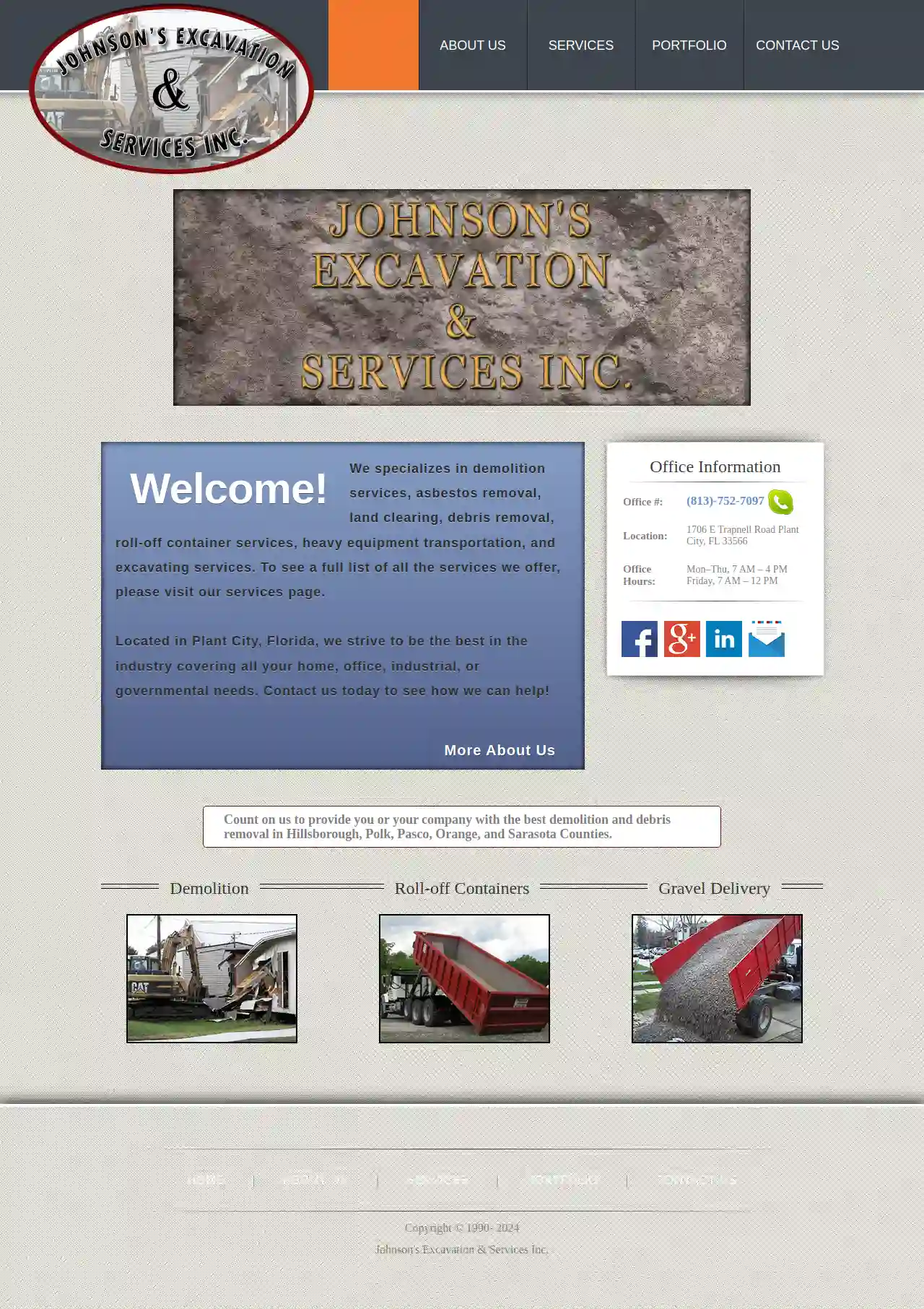
Johnson's Excavation & Services Inc
58 reviewsTampa, US- Services
- Why Us?
Get Quote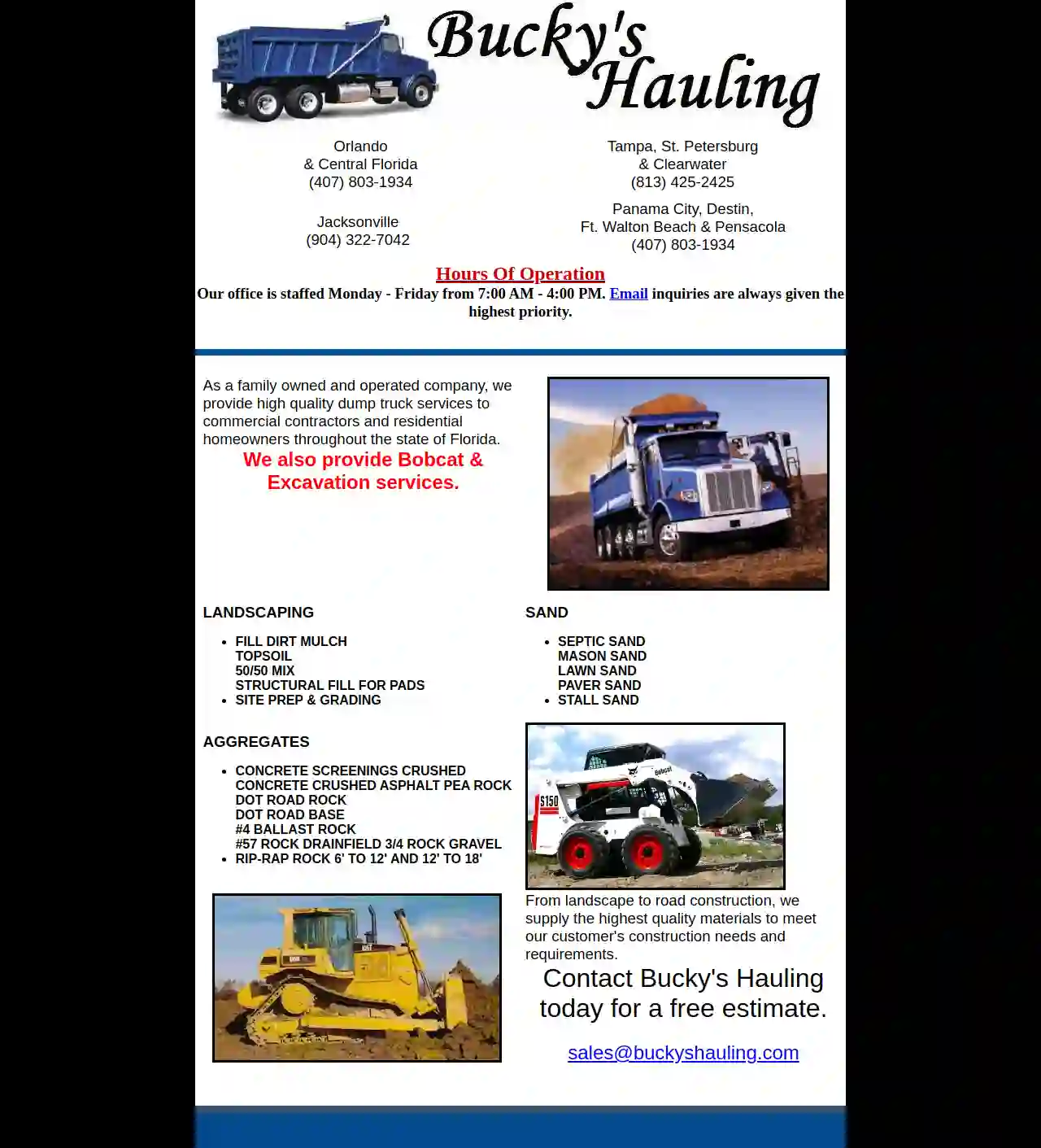
Bucky's Tampa
3.73 reviewsTampa, US- Services
- Why Us?
Get Quote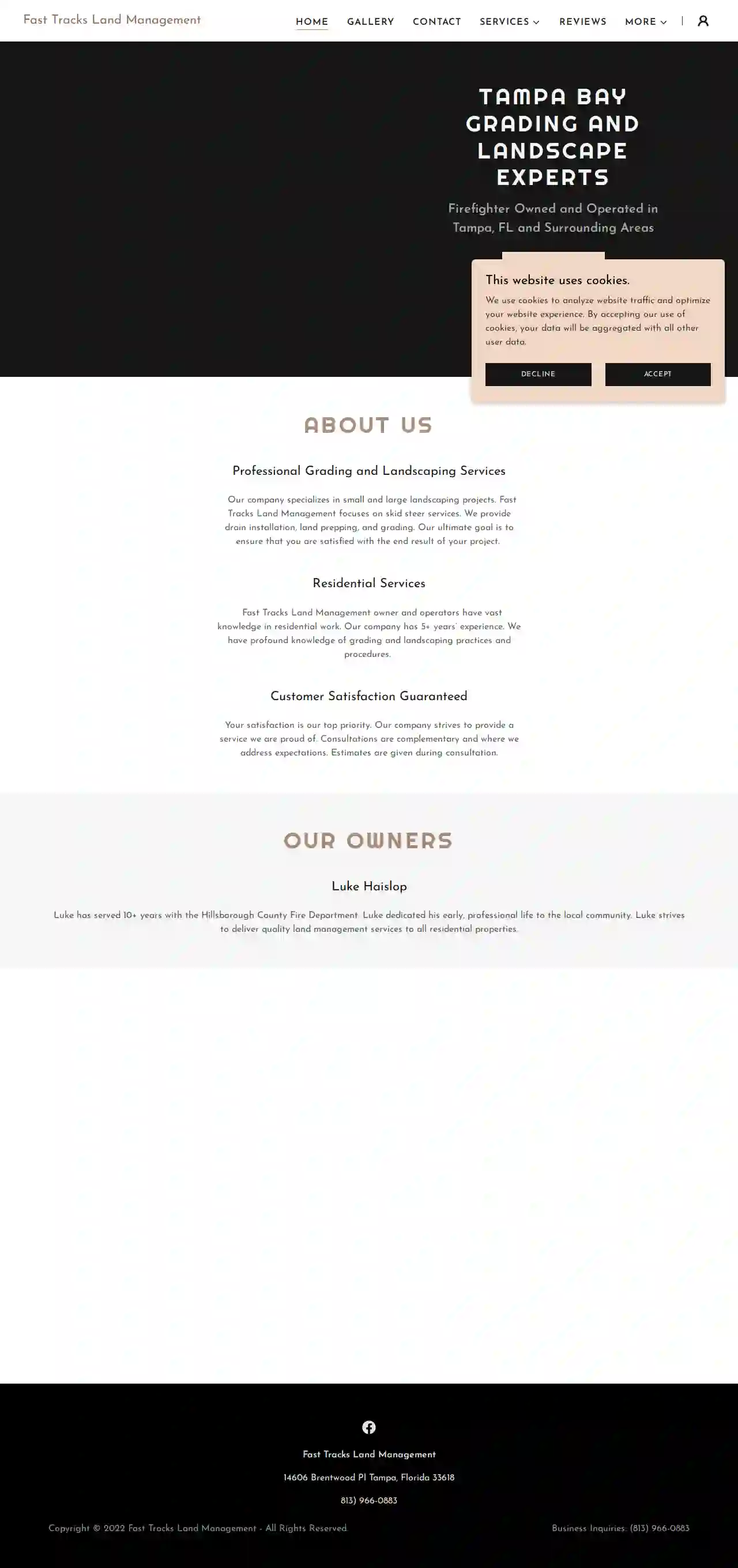
Fast Tracks Land Management
584 reviewsTampa, US- Services
- Why Us?
Get Quote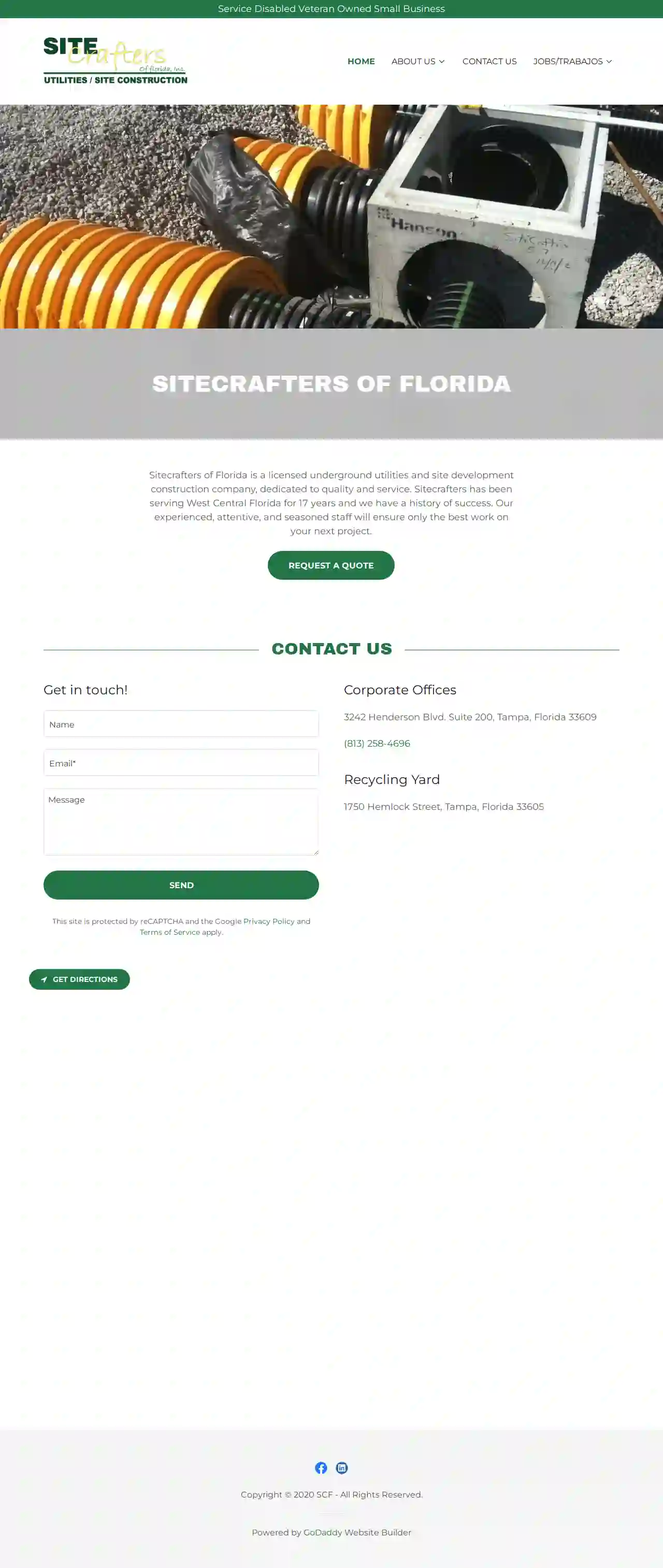
SiteCrafters of Florida
4.54 reviews3242 Henderson Blvd., Suite 200, 3242 Henderson Blvd. Suite 200, Tampa, 33609, USSitecrafters of Florida Sitecrafters of Florida is a licensed underground utilities and site development construction company, dedicated to quality and service. Sitecrafters has been serving West Central Florida for 17 years and we have a history of success. Our experienced, attentive, and seasoned staff will ensure only the best work on your next project.
- Services
- Why Us?
- Gallery
Get Quote
Over 3,943+ Excavation Pros registered
Our excavation contractors operate in Tampa & surroundings!
ExcavationHQ has curated and vetted the Best Excavation Companies in and around Tampa. Find the most reliable contractor today.
Frequently Asked Questions about Asbestos Removal
- Inspection and Assessment: A qualified inspector identifies and assesses the asbestos-containing materials.
- Containment: The work area is sealed off with plastic sheeting and negative air pressure is established to prevent fiber release.
- Removal: Licensed professionals wearing protective gear carefully remove the asbestos-containing materials.
- Disposal: The removed asbestos is sealed in leak-proof containers and transported to a designated disposal facility.
- Air Monitoring and Clearance Testing: Air samples are collected and analyzed to ensure no asbestos fibers remain airborne.
- Restoration: After clearance testing, the work area is cleaned and restored to its original condition. The exact process may vary depending on the specific asbestos removal method and local regulations.
What are the regulations regarding asbestos removal in the USA?
What is the process for asbestos removal?
What are asbestos air monitoring and clearance testing?
Can I remove asbestos myself?
What are the regulations regarding asbestos removal in the USA?
What is the process for asbestos removal?
- Inspection and Assessment: A qualified inspector identifies and assesses the asbestos-containing materials.
- Containment: The work area is sealed off with plastic sheeting and negative air pressure is established to prevent fiber release.
- Removal: Licensed professionals wearing protective gear carefully remove the asbestos-containing materials.
- Disposal: The removed asbestos is sealed in leak-proof containers and transported to a designated disposal facility.
- Air Monitoring and Clearance Testing: Air samples are collected and analyzed to ensure no asbestos fibers remain airborne.
- Restoration: After clearance testing, the work area is cleaned and restored to its original condition. The exact process may vary depending on the specific asbestos removal method and local regulations.